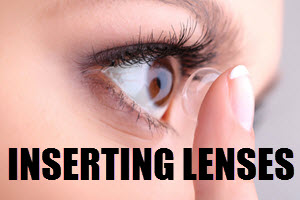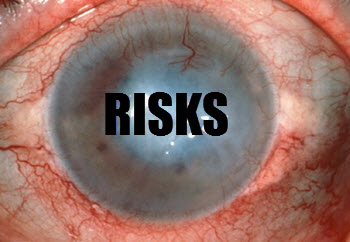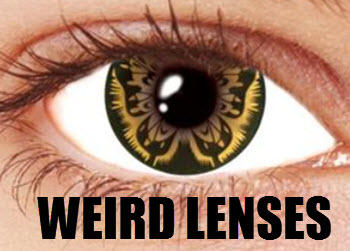The Origins of Decorative Eye Lenses
The use of decorative eye lenses, also known as cosmetic contact lenses, has become increasingly popular over the years for aesthetic purposes. While this idea might appear modern, its origins and development offer a compelling glance into history. Indeed, the journey of these lenses has roots extending far back in time, with intriguing historical aspects that reveal how decorative eye lenses have evolved to become what they are today.
Early Concepts and Inventions
The idea of changing or altering one’s eye appearance is certainly not novel. Its roots trace back to the early 16th century with the creative insights of Leonardo da Vinci. This renowned inventor first sketched a concept related to contact lenses. Although his primary focus was on vision correction, da Vinci’s designs were fundamental in laying the groundwork for the advent of modern contact lenses.
The initial prototypes of contact lenses were made from blown glass and emerged in the late 19th century. These lenses were designed to cover the entire eye, marking the first practical application of da Vinci’s earlier conceptualizations.
As we moved into the mid-20th century, there were significant advances in the materials and designs of contact lenses. These advancements made lenses more comfortable and thereby more accessible to the general public. Progress in materials science allowed for the creation of lenses that did not obscure vision entirely and could be worn more comfortably over longer periods.
The Emergence of Decorative Lenses
The transition from purely corrective lenses to decorative ones began in the late 20th century. During this time, there was growing interest in cosmetic alterations, especially in terms of eye color and general appearance. By the 1980s and 1990s, contact lenses that could alter one’s eye color were commercially available and began to gain popularity due to their aesthetic appeal.
These developing decorative lenses were designed with safety as a fundamental concern. They incorporated materials and innovations similar to those used in corrective lenses. This technological overlap ensured that decorative lenses could offer both vision correction and aesthetic enhancement.
The Role in Pop Culture
Decorative eye lenses quickly gained popularity through their use in the entertainment industry, most notably film and theater. Productions that needed unique or supernatural characters often utilized colored lenses to create stunning visual effects. This exposure in mainstream media played a significant role in popularizing decorative lenses among a more general audience.
Moreover, celebrities and public figures began experimenting with non-corrective versions to modify or enhance their appearance. This trend led to broader acceptance of decorative lenses and contributed enormously to their commercial success.
Regulation and Safety
With the rise in popularity of decorative lenses, there emerged a critical need for regulation to ensure the safety of users. Regulatory bodies like the American Food and Drug Administration (FDA) and similar organizations in other countries implemented stringent guidelines governing the production and sale of these lenses. Since they are categorized as medical devices, their wear without a prescription could entail health risks.
Consumers are consistently advised to acquire decorative lenses from reputable sources. It’s essential to ensure they fit properly and maintain rigorous hygiene standards to avoid potential complications or adverse effects on eye health.
Modern Developments and Trends
Currently, the decorative eye lens market continues to evolve with new trends and innovations. Modern lenses are designed to create more dramatic effects, including styles such as cat eyes, spirals, or even lenses that react to UV light and glow under blacklight. This variety caters to numerous applications, ranging from everyday fashion enhancements to specific effects used in cosplay and themed events.
Continuous advancements in the materials used for lenses and customization options have led to decorative lenses that are more comfortable, breathable, and visually striking than ever before. Individuals interested in these products can view and purchase them through various online providers. It’s vital to adhere to all safety recommendations to achieve the best and safest results.
In conclusion, the journey of decorative eye lenses is a fascinating tale of innovation, creativity, and ongoing development. From their conceptual origins with Leonardo da Vinci to their contemporary applications in popular culture and fashion, these lenses have come a long way. As the market continues to expand, the interplay between safety, functionality, and aesthetics remains a crucial consideration. Looking to the future, one can anticipate even more exciting developments and applications for decorative lenses.



 Cosmetic contact lenses
Cosmetic contact lenses